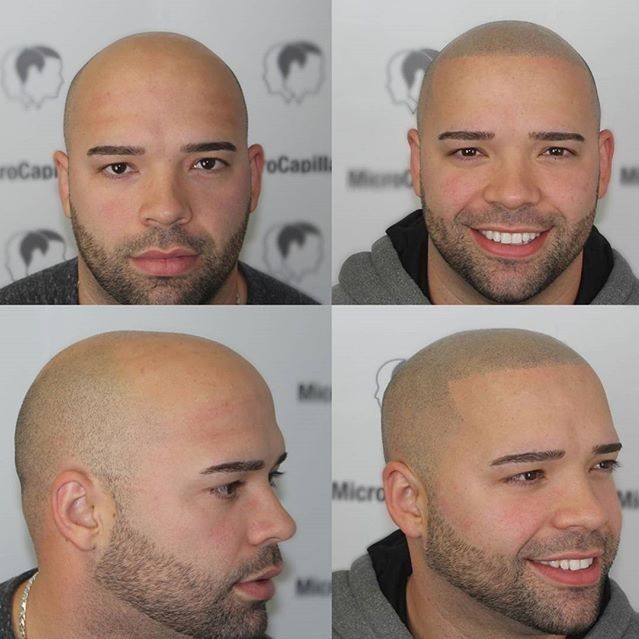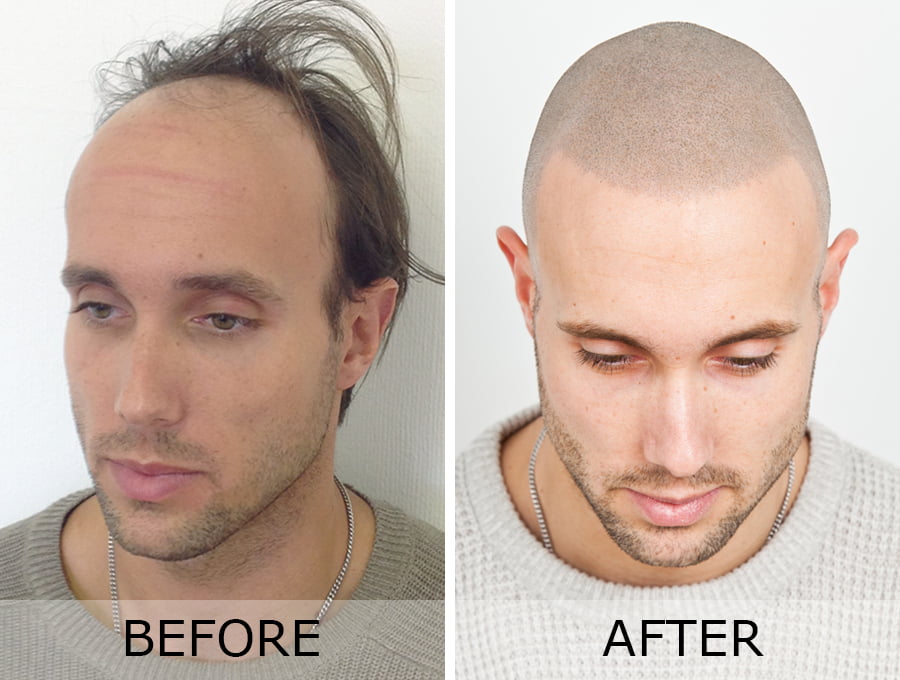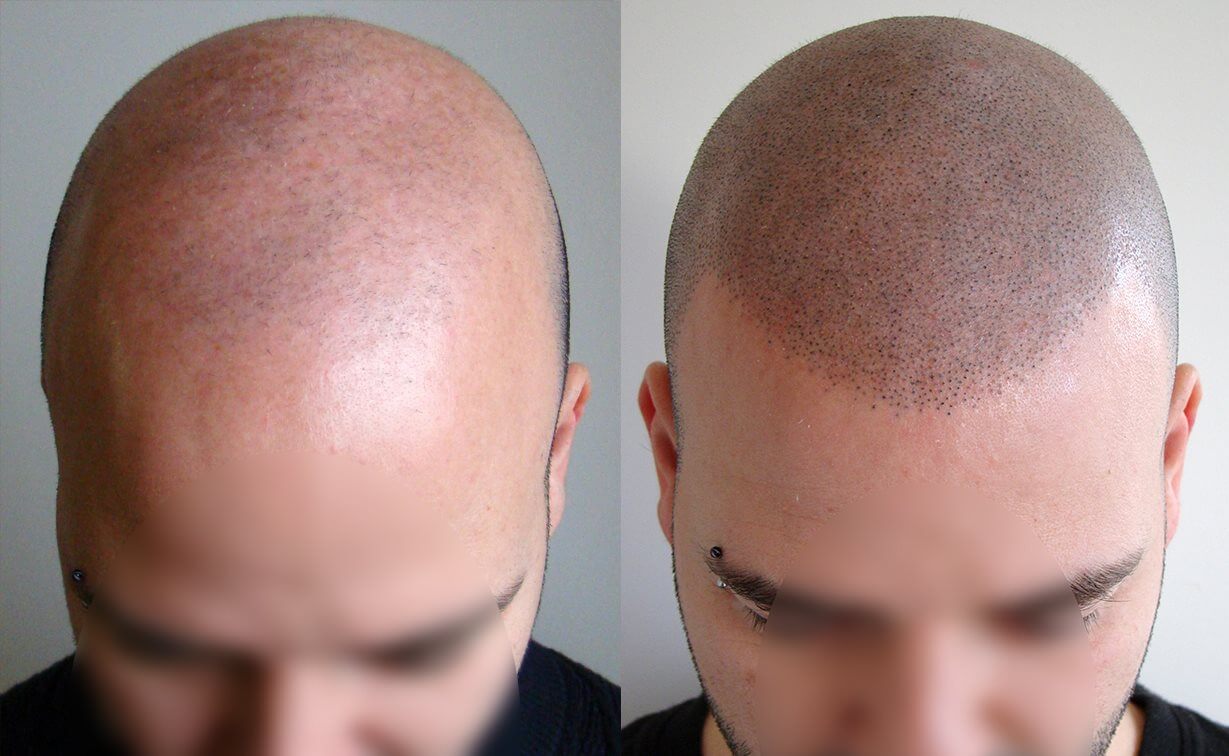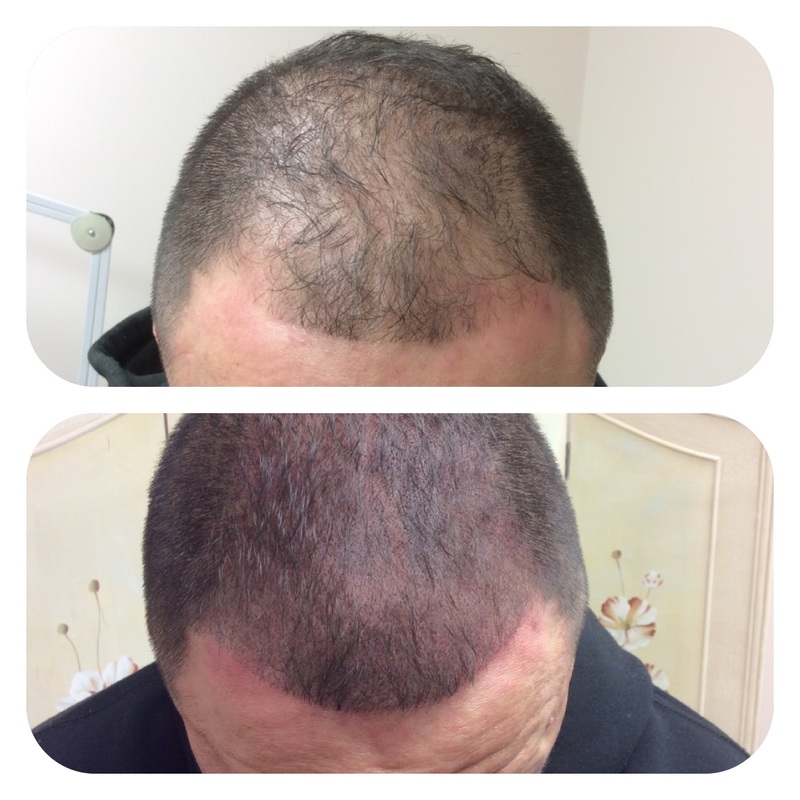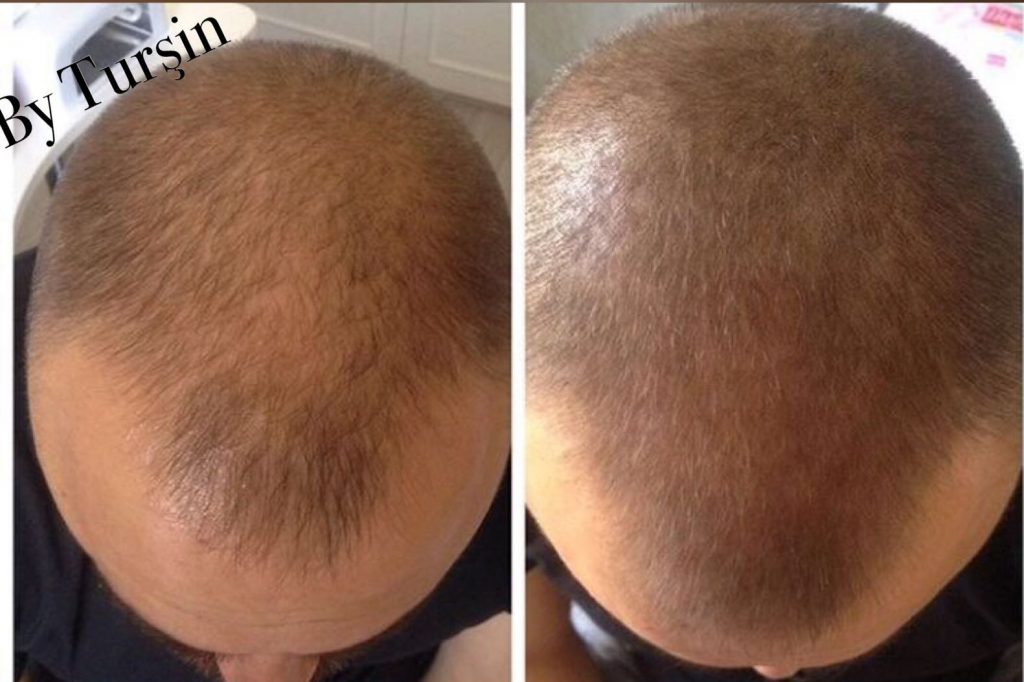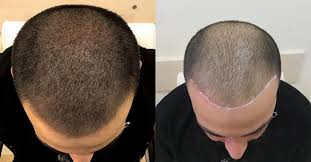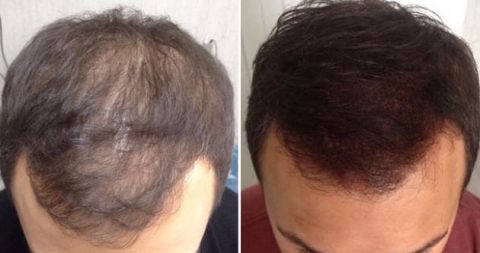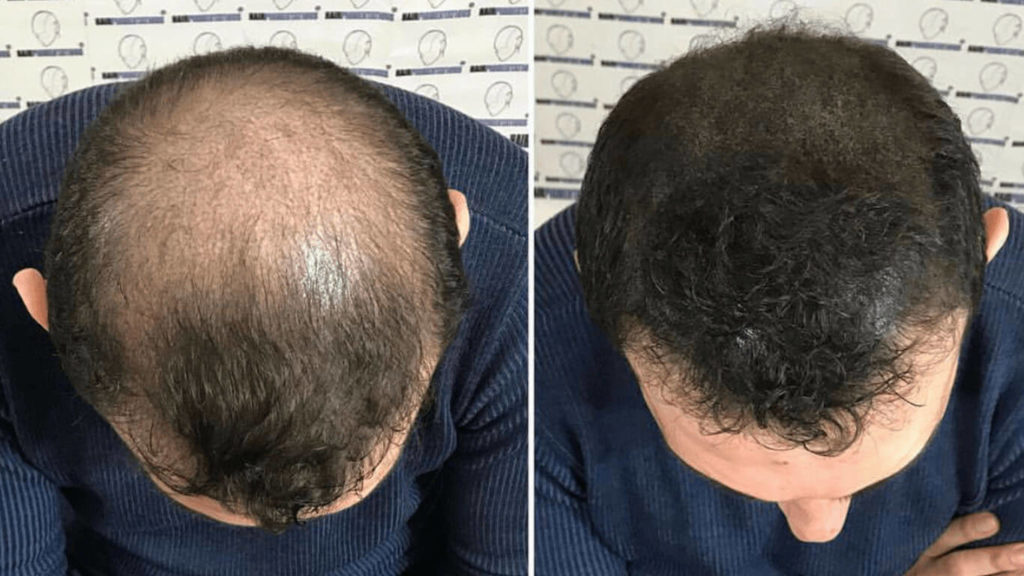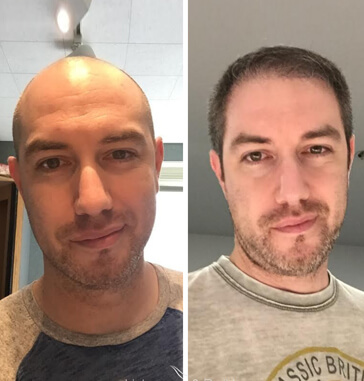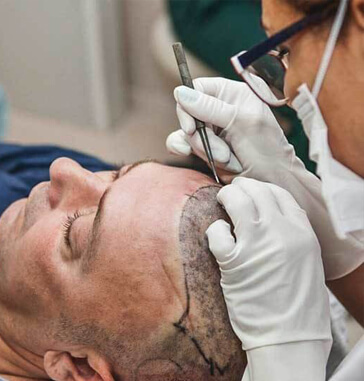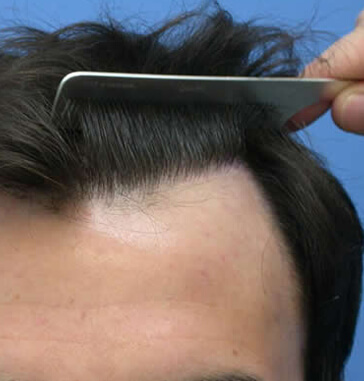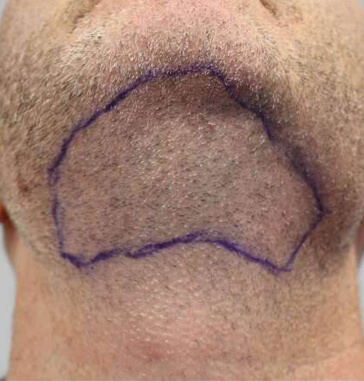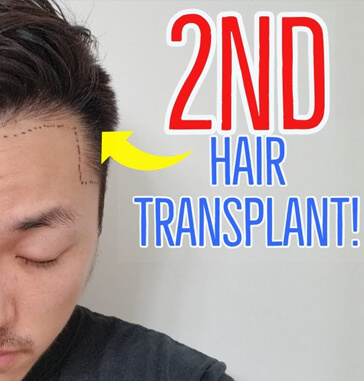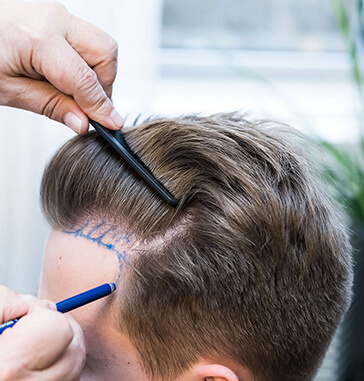What Is The Hair Follicle Simulation?
Hair simulation, medically known as micro-pigmentation, is a cosmetic procedure to simulate the look of your real hair. You can think of it as permanent makeup performed on your scalp. Scalp pigmentation offers a simulation of the acquired results from a hair transplant procedure. Most people suspect if it can really provide similar results to real hair or is it just a fake-looking solution to hair loss.
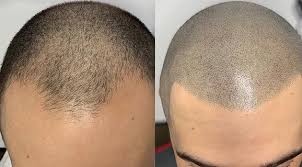
How Is The Hair Follicle Simulation Done?
Because it is some kind of permanent make-up, the same process applies throughout the micro-pigmentation. It is done using a special pen with a special needle on its tip. This type of makeup does not wear off easily and stays on the skin for a long time. Similar methods are used to give the lips, eyes, and eyebrows a long-lasting pigmentation.
Hair simulation is not a medical procedure but a cosmetic one so you should not take it as a surgery. It is a method of choice for most people who experience some sort of hair thinning rather than aggressive hair loss and baldness. They will first take samples of your hair to set a color tone for a perfect dye suitable for your real hair. Finally, they will dye your scalp with a special device to mask the receding hairlines or bald patches.
Advantages Of Hair Follicle Simulation
Hair simulation can provide similar results to a more invasive procedure such as hair transplant surgery. This is by far the biggest advantage of it: it can cover balding areas on your scalp without incisions and cuts. Here are some of its advantages:
- Saves time as compared to other procedures to restore hair
- Not a surgery but only a cosmetic procedure with no cuts at all
- The patient can return to daily activities after the procedure and there is no need for an intense recovery period
Does it hurt?
Your doctor will use local anesthetics during the hair simulation procedure so you will not feel any pain. Your doctor can also prescribe pain killers to prevent pain following the procedure. The whole process is more or less like tattoo making so you do not need to worry about pain.
Is Hair Follicle Simulation Dangerous?
Hair stimulation is generally a safe procedure as it is not even a medical procedure. It is just a cosmetic procedure with a minimal touch to your skin. Herbal products are used for ink so the risk of allergy is quite low. However, they may apply a local anesthetic cream to numb the area of ink injection. The main purpose of hair simulation is to create a look as if you have more hair follicles in balding areas on your scalp. You may go for this procedure if you are not eligible for a hair transplant but you still want to improve your hair density. It does not have the side effects of a hair transplant procedure but it can still provide similar results.
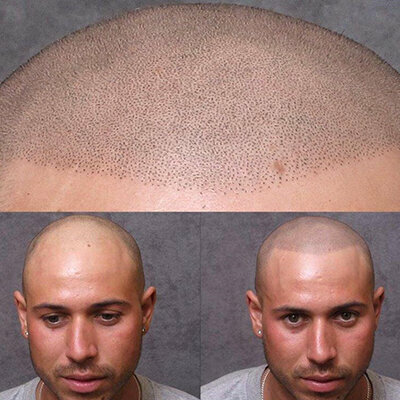
Hair Follicle Stimulation Aftercare
Even though it is a fairly simple and safe procedure with no side effects and cuts, there are still things to consider to protect the area of injection.
- You should keep it away from direct sunlight for at least a week following the procedure.
- You should avoid solarium for about a week.
- Apply antibacterial ointments twice a day.
- Apply moisturizer after cleaning to keep it moist.
- Do not treat your scalp harshly and do not itch the area of injection.
Hair Simulation Before After Photos
Here are great examples of hair simulation results.
